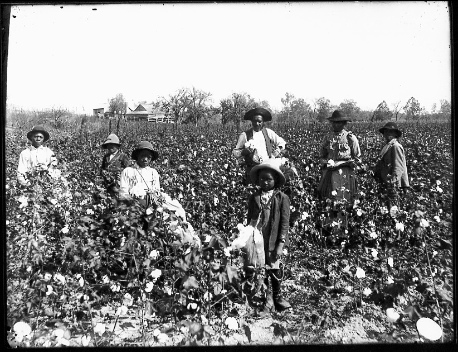When the first families, immigrants who engaged with agricultural trade, arrived in Virginia, they spread along the river to grow tobacco. This plant soon dominated Chesapeake’s agriculture and the demand for the product became high in Europe. It became the cash crop for the southern colonies. Tobacco was cultivated on fertile soil next to the rivers so that it could be transported. The planters were in control of both exports and imports, allowing the merchant class to develop. Urbanization slowly came underway and people migrated from England to Chesapeake as workers.
Later on, a decline in the tobacco economy in the south forced a shift to the short staple, cotton. With the textile industry exploding in Britain, there was a huge demand for cotton in the Deep South. Thanks to Eli Whitney’s cotton gin invention, there was an easier and more efficient way to separate the seeds from the cotton fiber. The only thing left to fuel the economy was the powerful driving force of slavery. The textile industry expanded and industrialization followed with the number of cotton mills increasing.
http://www.davidmcelroy.org/?p=13064
http://kindreda.edublogs.org/files/2010/09/blog6.jpg
check it out!
http://www.bbc.co.uk/worldservice/africa/features/storyofafrica/9chapter5.shtml



No comments:
Post a Comment